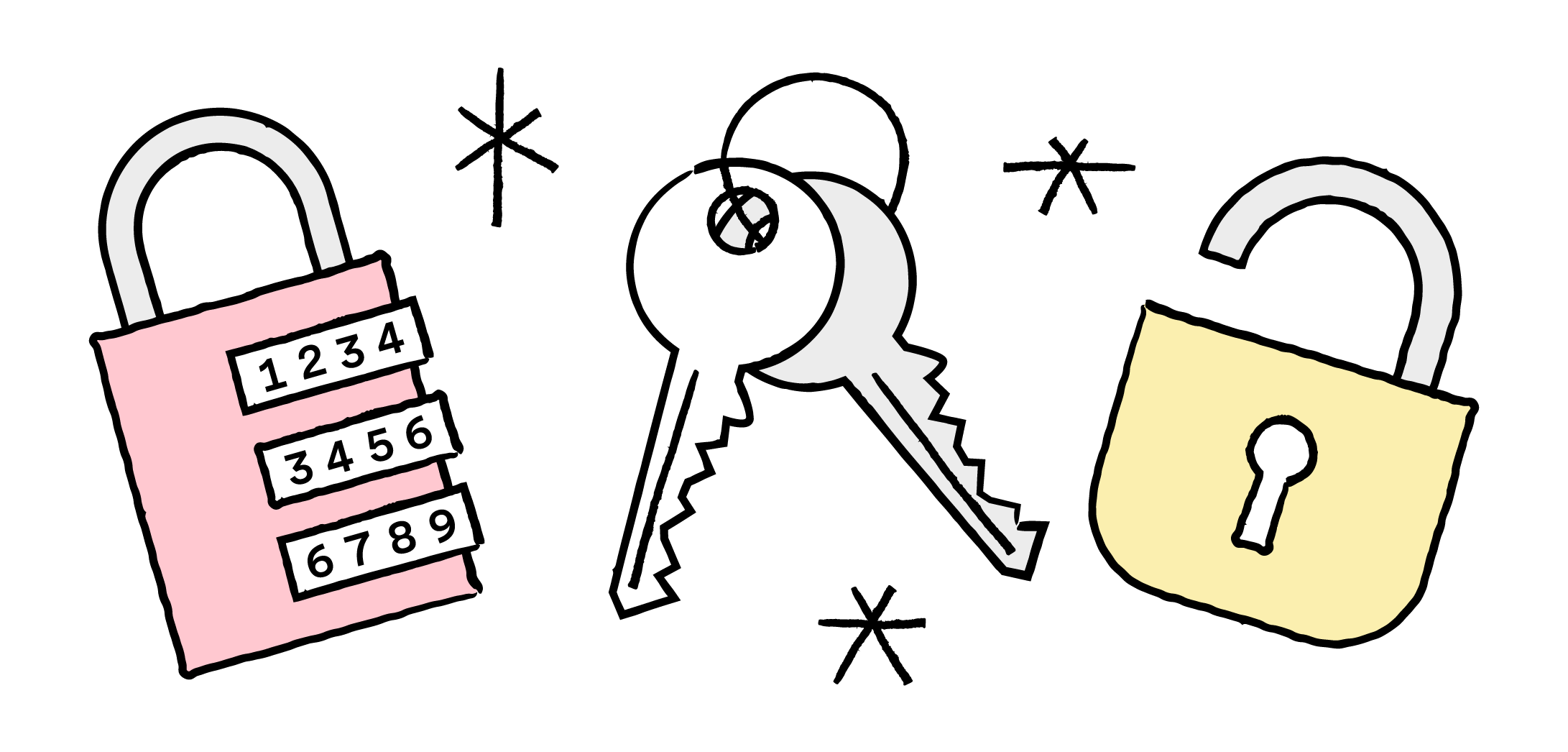Lock and Key: how to keep your petty cash box in order


Fresh insights from 2,650 finance decision-makers across Europe
Petty cash makes it easy to pay for those small, one-off payments. When you’ve got cash on hand, the business doesn’t have to worry about lengthy reimbursements for their staff (in theory, at least).
But it’s hard to track and easy to lose.
Many companies won’t give up petty cash completely. So, keeping your petty cash box organised is vital to stay on top of business expenses and help out your finance team at the month-end.
In this piece, we’re talking all things petty cash box – from who should be in charge of keeping it safe to where it should be kept to the alternative systems available.
A quick overview of how petty cash works:
The petty cash is typically housed inside a petty cash box, and there’s an approval system in place for colleagues to attain cash, so not just anyone can dip their fingers into the petty cash jar.
Employees will need to make a request to the petty cash custodian, or the keyholder in charge. Once approved, all purchases are documented through a petty cash voucher and log book system , with receipts needing to be attached as well.
At the month-end, your bookkeeper or accountant will perform petty cash reconciliation in order to top the available funds back up to the original amount. This is known as the imprest system for petty cash .
What’s a petty cash box?
A petty cash box is the physical home of those all bills and coins.. It’s also sometimes known as a petty cash jar or petty cash tin. And usually looks like a lockable box with several trays to differentiate the home for notes and coins. Kinda like a piggy bank for your business.
It’s important to keep a separate home for petty cash because it’s messy and manual to track. Minimising the amount available to lose helps to decrease the risk associated with petty cash. Plus, keeping it separate from the cash in your regular tills or floats makes it easier for accountants to perform their duties.
A petty cash box should also have security features, like a lock and key. Even though there’s a limited supply of cash inside, it’s important that petty cash isn’t accessible to be used for just anything . Most companies have a petty cash policy – and free access to the cash could potentially undermine it.
With one key, most businesses choose to appoint one keyholder. This is the person responsible for approving or denying requests for petty cash. They must report spendings in the log book, as well as documenting petty cash vouchers and collecting receipts.

What makes a good petty cash box?
Based on the need for security, filtered accessibility and documentation, there are some key features you need to consider for your petty cash box:
- A good sized money box with enough space for your petty cash budget. This includes a section for notes and space for the change received post-purchase.
- A lock and key feature, with one keyholder and one spare key (which is kept in a secure place).
- A section for petty cash vouchers or petty cash receipts (if these won’t be contained in the log book).

How to set up a petty cash box
Setting up a petty cash jar is pretty straightforward. First up…
Buy the box
After you buy the box, it’s time to decide on the float amount that will make up your petty cash fund. This is known as the imprest amount, and will be topped up each month to offset any petty cash spending.
Most businesses choose between £100 to £200 per month for their float amount.
Top up the petty cash funds
In order to fund the petty cash box, you’ll need to perform general accounting practices first. This means debiting from the bank account, categorising spending and crediting the petty cash box.
Top tip: most businesses will repeat this documentation in the petty cash log book.
Appoint a petty cash custodian
This person shouldn’t be the same as your bookkeeper or accountant, and in fact, may not be related to the finance department at all. Companies traditionally appoint a junior (but trusted) member of staff as their petty cash keyholder, in order to grant this individual more responsibility.
Set up a petty cash log book
This will serve as documentation every time one of your people needs some cash. The custodian will give them a petty cash voucher to fill out, detailing the reasoning for spending and how much cash is required. And remember that receipt!
Monthly reconciliation
At the end of the month, the petty cash records will be passed onto your bookkeeper or accountant. They’ll verify the spending, and will use the general ledger to reimburse the secure cash box back to its imprest amount.
Starting imprest amount - total value of receipts = cash left in petty cash box.
F.A.Q.s
Here are some frequently asked questions relating to the petty cash box:
How safe is a cash box?
There are two aspects of security when it comes to the petty cash box.
First is the physical security of the box itself:
- The cash box needs to be robust (a.k.a. tough to crack open)
- The lock and key feature works, keeping all that cash secure
How to keep a petty cash box safe
The old saying “out of sight, out of mind” rings true in this case, with the best practice for the petty cash box to be locked out of view and in a closed drawer or cupboard. While it‘s unlikely that one of your employees will actually try to steal from the petty cash, a lockable money box does make it easier to separate this fund from the general cash-on-hand.
Ensuring that the keyholder has proper training is also essential. This will create a secure system, and should make it easier to spot when something’s not quite right. Whether this means cash is missing or petty cash receipts have not been submitted to the log book. It’s important that your petty cash custodian is diligent in their duties (and takes it seriously) – this is one of the best ways to protect your petty cash box.
Who should be in control of a petty cash box?
A petty cash box usually has two layers of control.
The immediate level is the trusty petty cash custodian. Again, they’re in charge of approving or denying requests to use the petty cash, and grant access to it. Within the day-to-day workings of the business, the custodian is in control.
The second layer of control comes upon monthly reconciliation. Here, the bookkeeper or accountant will access the records in the petty cash box, and double check that debits align with the policy. They’re also responsible for crediting the petty cash fund back to its imprest amount, and coordinating this with the general ledger.
What are the advantages of using a petty cash box?
The main benefits of working with a petty cash system are:
- It’s convenient
It’s easy to make small one-off payments by dipping into the petty cash box
- It’s quick
There’s no need for employee reimbursement when cash is available. Which means short (if any) waiting periods for your people to be refunded
- It’s low-tech
If you’re not comfortable with the tech or costs associated with smart company cards, it’s a good alternative for smaller businesses with less expenses
What are the disadvantages of using a petty cash box?
There are some drawbacks associated with petty cash tins, including:
- Tracking
It’s objectively harder to track cash than card payments, where accountability is easier through individual log in dashboards
- Cashless vendors
It’s impossible to pay with petty cash when vendors have moved away from the payment method. A trend that is growing in popularity. In fact, 52% of businesses in the UK are in favour of getting rid of cash altogether.
- Susceptible to expense fraud
Especially in larger companies, even a lockable money box can be abused without proper care
- Paperwork
Sometimes petty cash can feel like more work than it’s worth, notably when considering the petty cash vouchers, receipt collection, and log book records are required to be filled out
What are the alternatives to a petty cash box?
When all procedures are followed and all documentation is filled out correctly, petty cash can be useful in making your day-to-day purchases simple.
But as highlighted throughout this guide, cash is always tricky to track and prone to theft. Of course, following the steps outlined in this article can minimise mistakes and ensure people are held accountable, but it’s still very manual and unavoidable to the risk.
Unless you overhaul your petty cash management process.
While cash hasn’t changed too much throughout the years, expense technology is only continuing to evolve. With dedicated receipt-scanning features and automatic reimbursements, attaching that receipt to a petty cash voucher becomes a thing of the past and documentation happens in real-time.
While there’s a strong case for digital expense solutions, the plastic can’t cover everything. So for the times petty cash is needed, at least you can take the management of your petty cash box digital .

Smarter spending for your business
Save time on tedious admin and make smarter business decisions for the future. Join Pleo today.
Powered in the UK by B4B partnership
